WOMEN’S MONTH
A decade in review: What it means to be a woman in South Africa
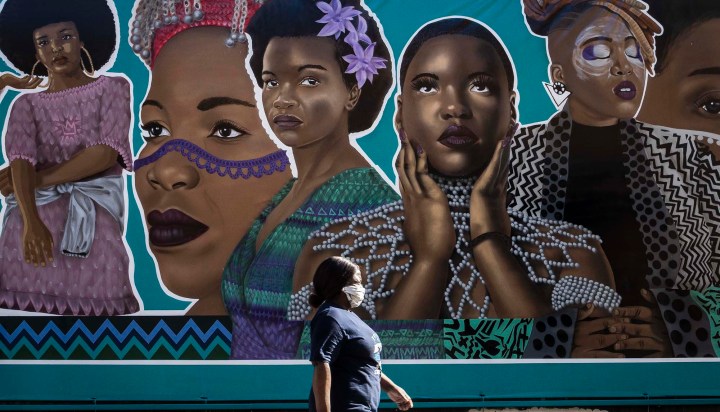
To mark Women’s Month, we’ve looked at how the status of South African women has evolved in the past decade, from home ownership to employment and debates around land tenure.
Land tenure and rights
Researchers say not much has changed in the past decade regarding land rights for South African women. According to Dr Thandi Ngcobo, CEO and founder of the Dr JL Dube Institute at the University of KwaZulu-Natal, “Anyone arguing that there has been progress in terms of land rights for women during the past five to 10 years would be peddling a fallacy of epic proportions.”
Statistics show that 72% of South Africa’s agricultural land is in largely white ownership, while up to 80% of labour is provided by women, who control only about 5% of the land.
Women in rural societies are particularly prejudiced, despite their heavy dependence on land for farming and natural resources. Rules of access and inheritance favour men over women, and women with children over childless women.
The 2019 report of the Presidential Advisory Panel on Land Reform and Agriculture, chaired by the late Dr Vuyokazi Mahlati, found that patriarchy trampled on land rights and tenure for women, who are compromised by existing laws and unequal power relations in communities.
Ngcobo, who is a researcher for the government’s land reform policy and sat on the presidential advisory panel, lamented that two years after the submission of the report the government has done nothing to advance women’s equitable access to land.
However, Zenande Booi, the head land researcher at the UCT Land and Accountability Research Centre, said there had been some important strides by way of court decisions related to customary law and the constitutional rights of women.
Most recently, in June this year, the Pietermaritzburg High Court ruled that the Ingonyama Trust’s rent-seeking policy of forcing people to sign leases to live on their ancestral land was unlawful and ordered the trust to pay back the money. The trust controls 2.8 million hectares of tribal land in KwaZulu-Natal. The case revealed that women had their land rights stripped away since only males were allowed to sign leases.
A global snapshot shows that women make up, on average, less than 20% of the world’s landholders, but comprise an estimated 43% of the agricultural labour force. This is based on 2017 data from the United Nations.
Ngcobo said the picture is most dire in South Africa, where 60% to 80% of women contribute to agricultural labour, but own around 5% of land.
Legislation such as the Traditional and Khoi-San Leadership Act and the Traditional Courts Bill could put land rights at risk, said Booi.
“We have a long way to go in this country to ensure that women’s access to land is protected, and their tenure is secure.”
“The current situation is unsustainable, that the only real possibility of protection women have access to is going to litigate in court, which is complex, unresponsive and inaccessible; it is prohibitively expensive and most South Africans cannot afford it – meaning only a fraction of instances of rights violations are heard there.”
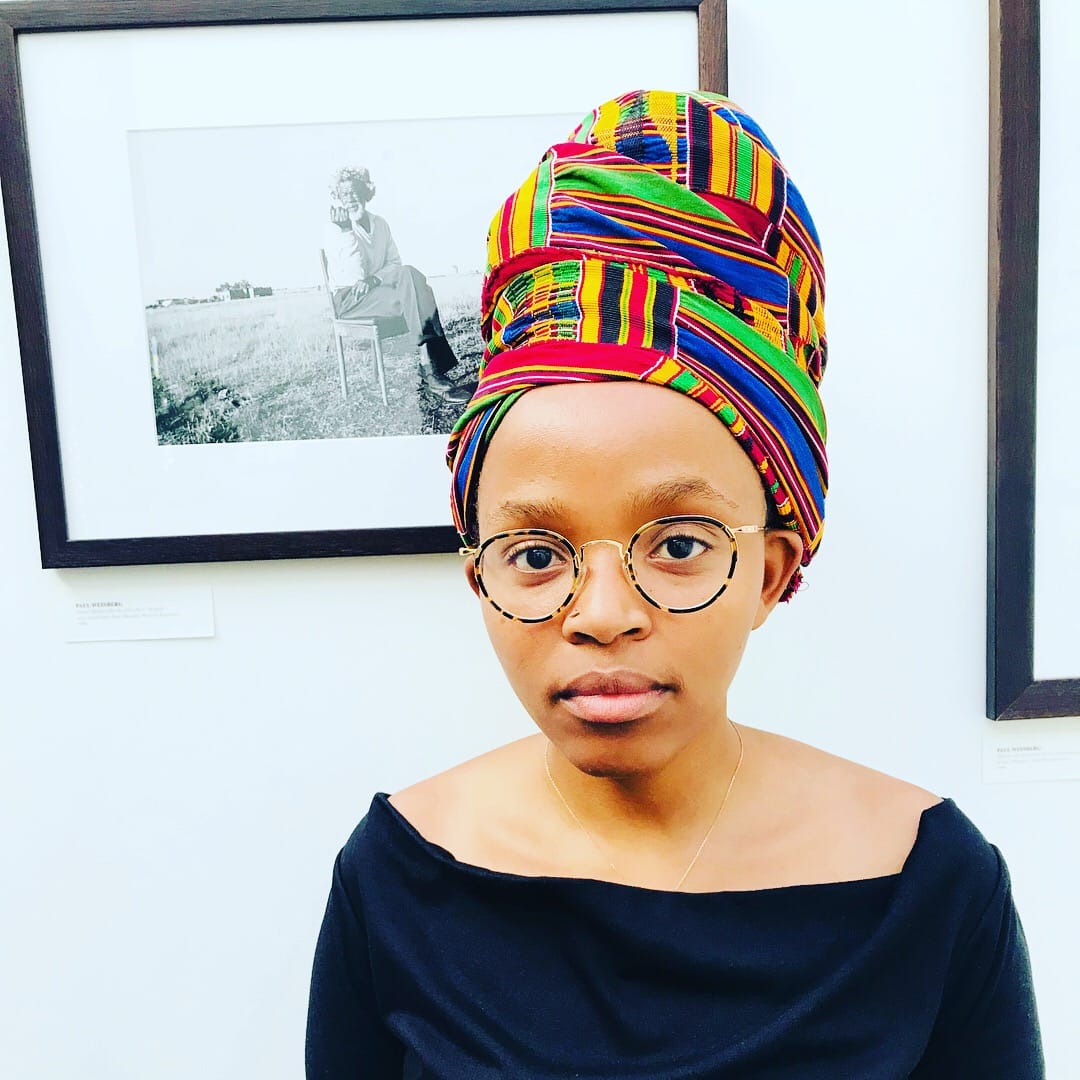
Zenande Booi, head land researcher at the UCT Land and Accountability Research Centre. (Photo: Supplied)
Home ownership
BrandMapp statistics from 2020 show that in the higher income brackets (R10,000-plus a month) more women are homeowners than men: 51.12% versus 48.88%.
Data from First National Bank in 2020 show that women dominate the home-buying market by 53%, especially in the first-time home buyers’ market. Among those buying secondary properties, women made up 48%.
More single women in the upper income brackets are purchasing properties, as they earn the same as or more than their male counterparts. This is more pronounced with black women who are childless and live in larger cities.
Data from Ooba Home Loans in 2019 show that over 10 years female first-time home applications increased by 52%, with a decline of 5.9% for male first-time home applications.
The increasing number of female graduates and the resultant boost in economic status has added to the trend. With more independence, women are also staying single for longer, which is a global pattern.
This differs notably from the overarching reality that women, in general, earn lower incomes than men, limiting their access to the property market.
In a 2020 paper on gender and housing, Dr Mzwandile Sobantu, a lecturer in the Department of Social Work at the University of Johannesburg, said: “Housing is central to women, as the domestic production of life and livelihood.” It is not only a space to nurture families but represents financial, physical and social security – a potential drawcard for women with the means to purchase homes.
Employment
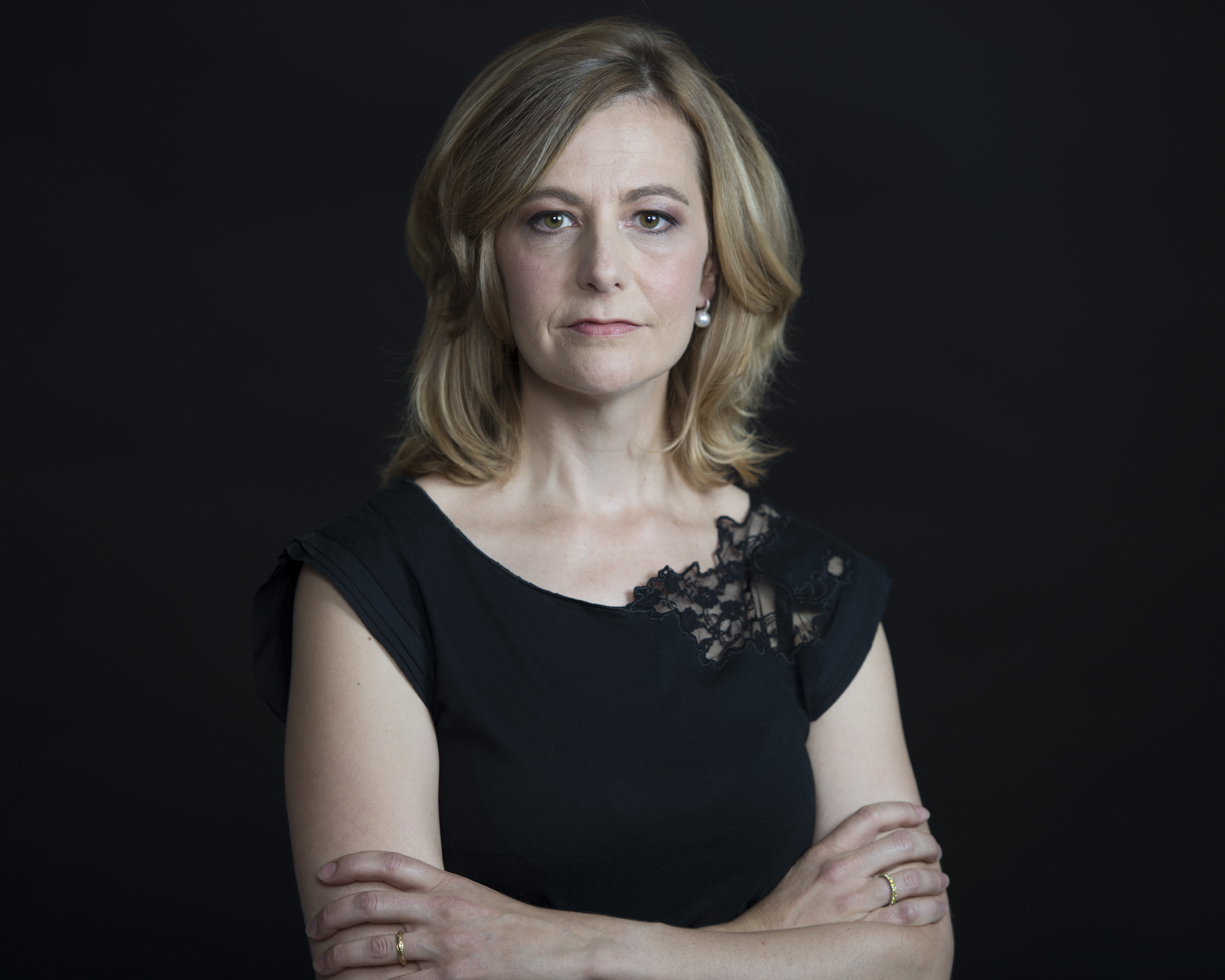
Professor Anita Bosch, research chair of Women at Work at the University of Stellenbosch Business School. (Photo: Supplied)
In a paper titled “12 Lenses into Diversity in South Africa”, Professor Anita Bosch, research chair for Women at Work at Stellenbosch University’s Business School, writes, “It is a well-known fact that there remains a disparity in the representation of women and men in paid employment and leadership, as well as a gap in pay.”
Stats SA’s latest Quarter Labour Force Survey indicates that of the nearly 10 million women in the labour force, roughly 6.6 million are employed. In 2019, the unemployment rate for women was 31% and the recent Nids-Cram survey shows that during the first wave of Covid-19 infections, among adults aged 18 years and older, about 2.9 million jobs were lost – just under two million (or two-thirds) of which were accounted for by women. While there was significant recovery in employment for both men and women by this year, women’s employment rate was 46% in February 2020 and 43.8% in March 2021, while for men the employment rates in February 2020 and March 2021 were 59.3% and 60.2%, respectively.
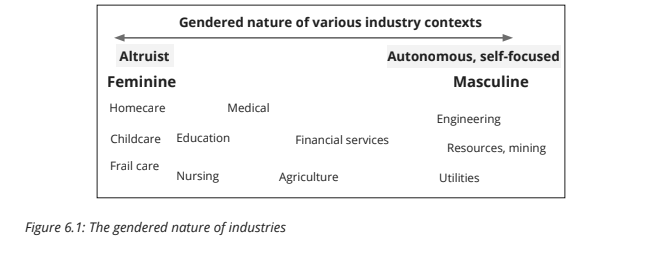 Though gender parity is far off, 2018 data from Stats SA showed some strides: women occupied one in three managerial positions, while 49% of professionals were female.
Though gender parity is far off, 2018 data from Stats SA showed some strides: women occupied one in three managerial positions, while 49% of professionals were female.
Though this is seen as limited growth, 20.7% of directors of JSE-listed companies are female, while more than 80% of women directors at JSE-listed companies are non-executive directors.
In 2019, the accounting profession saw a significant growth in the number of black female chartered accountants, according to a report from Stellenbosch University’s Business School. There were 336 more black female CAs than black male CAs.
Female entrepreneurship is also on the rise.
In the 2020 Mastercard Index of Women Entrepreneurs, South Africa went up nine places from the previous year to rank 23rd globally and first in Africa.
Despite a healthy score of close to 65 (a 7.1% increase from 2019) women account for only 19.4% of business owners in South Africa and women-owned SMMEs are predominantly in catering, fashion designing, cooking, wedding coordinating and the beauty industry.
Bosch told Daily Maverick that Covid-19 had caused a regression in women’s equality. Women, who bear the brunt of care-giving responsibilities, have in many instances had to work from home, juggling their workplace duties with having to care for children and the elderly. This may have a negative impact on career goals.
“Job promotions, salary increases and bonuses, and workplace progression, are linked to job performance and availability. Studies have already reported on the slowdown of scientific contributions of women academics during the first set of lockdowns. Women will bear the brunt of the pandemic in economic terms for many years to come.”
Data show that women are 25% more likely to care for extended family members than men and only 23.5% of women are in top management.
Women’s labour and workplace rights with regards to legislation has seen minimal improvement in the past decade.
“There have been some refinements of legislation, such as the strengthening of the Employment Equity Act Section 6(4), as from 1 August 2014, regarding equal pay for equal value,” said Bosch.
From 1 January 2020, new fathers, adopting parents and surrogates were allowed 10 days of unpaid parental leave.
“Parental leave provides an opportunity for fathers or a same-sex partner to bond with newborns even though the number of days’ leave are very limited,” said Bosch.
The gendered nature of work also means more women are employed in seemingly “feminine” industries or roles such as nursing, frail care, childcare and education. Pay in “feminine” industries tends to be lower than in “masculine” industries.
In addition, more women are employed in informal jobs than in the formal sector. This is because there are fewer barriers to entry such as geospatial location, access to transport, qualifications and skills.
Bosch believes that there are three areas where South Africa can improve its mechanisms for women at work: childcare, the gender pay gap, and women on boards.
Education
According to the Department of Higher Education and Training’s (DHET’s) 2020 Gender Fact Sheet, the gender parity index (GPI) for total tertiary enrollment has remained constant at about 1.4 since 2013. Between 2013 to 2017, the total enrollment for women in South Africa at a tertiary level was roughly 40% higher than that of men, according to the DHET.
Since 2013, women have made up a higher portion of persons enrolled in secondary and tertiary level education than men, according to (Stats SA). In 2013, more women (573,698) were enrolled at universities of technology than men (409,988). A higher proportion of women were also enrolled for their first degree (54.7%) and honours (6.8%) when compared to their male counterparts (51.1% and 5.6%). However, those studying for higher degrees – masters and doctorates – were more likely to be male.
Additionally, the DHET reported that the number of female and male graduates had increased between 2016 and 2017. The number of female graduates in 2017 was 61.5%, with males at 38.5%. In 2016 and 2017, the proportion of female graduates across all types of qualifications was higher, except for doctoral degrees, where males remained the majority.
In 2017, of the total number of students enrolled for doctoral degrees at public higher education institutions, 55% were men and 45% were women, according to the Department of Higher Education.
Hunger, food security
Dr Brittany Kesselman, postdoctoral fellow in the Society Work and Politics Institute at Wits University, said women are more food insecure than men, partly due to poorer economic conditions and women frequently taking on the caregiver role.
“Meaning they have to divide their low incomes amongst more mouths to feed.”
Findings of the recent Nids-Cram survey on hunger supported this. Women were also more likely to suffer from hunger if there were children in the household, because they tried to ensure the children were fed.
Some of the reasons for female hunger were that female-headed households usually had more dependents and tended to be poorer. Also, women were likely to exert a lower level of control over the household’s financial resources.
This is an ongoing trend.
A 2014 study by Oxfam, “Hidden Hunger in South Africa”, found that female-headed households were more likely to have insufficient food (21%) than male-headed households (16%). More women were also likely to reduce the size of meals or skip them altogether.
“For women who depend on social grants, usually for their children, survival is even more precarious if they also have to cope with diseases such as HIV or Aids, which means spending precious money on medicines for themselves or family members,” the report read.
Food insecurity is not perceived as a failure to produce enough food nationally, but rather as a failure of livelihoods to provide adequate cash to purchase food at the household level, Oxfam found. DM
What women say:
Shunay Adonis (podcaster)
“In the past five to 10 years I have seen a major change in how women see each other and have grown together. Before, we were made to believe that we were all in competition with each other. That has a big impact on self confidence as you always felt that you were not good enough.”
Kathy Magrobi (founder of Quote This Woman)
“While South Africa is generally accepted to have one of the better gender balances when it comes to women editors than many other countries in the world (and in Africa), we can’t take this at face value. Firstly, because when you look at the number of black women editors, as opposed to women editors in total, it’s still vastly out of sync with population demographics. Secondly, South Africa is still falling short when it comes to women CEOs and women board members for media houses.”
Amy-Rae Rispel (producer)
“Many women are the major breadwinners for their families. We deserve a fair wage to empower and uplift our children and communities. In my opinion, if women were paid as well as men, it means the family is better served. We’re integral to the businesses we serve. The coalface or entry point to any organisation should be respected and valued just as much as the zenith or leader at the top.”
Caran Grobbelaar (school teacher)
“Being a South Africa woman is the first thing I identify with. I find my voice and I speak out. I raise the bar and the 33 children in my class meet the expectation. Our future looks bright.”
Shani Khan (student)
“Being a woman in South Africa means walking outside of a police station and still feeling afraid. Being a woman in South Africa means that even a month-old baby, an old great-grandmother, or a woman entirely covered from head to toe in a niqab is not safe from being used as a sex object. Being a woman is knowing that you are in the number one country for violence, rape and murder against women, and knowing you can’t do anything about it.” DM
What the data show:
- Statistics show that 72% of South Africa’s agricultural land is in largely white ownership, while up to 80% of labour is provided by women, who control only about 5% of the land.
- Globally, women make up, on average, less than 20% of the world’s landholders, but make up an estimated 43% of the agricultural labour force. This is based on 2017 data from the United Nations.
- According to Sonke Gender Justice’s 2020 annual report:
- One in three women in South Africa are victims of domestic violence;
- Every eight hours a woman is killed by her intimate partner; and
- Gender-based violence costs South Africa between R28-billion to R42-billion per year. This amounts to 1% of our annual GDP.
- According to the World Health Organization, South Africa’s femicide rate is almost five times higher than the global average.
- In 2015/2016, 51,895 sexual offences were recorded in South Africa – an average of 142.2 per day, according to the Department of Justice and Constitutional Development. According to SAPS crime statistics, 53,293 sexual offences were reported in 2019/2020 – an average of 146 per day – up from 52,420 in 2018/2019.
- Of the recorded sexual offences, most were rape cases, with the police recording 42,289 rapes in 2019/2020. A total of 2,695 women were murdered in South Africa in 2019/2020, according to SAPS crime stats.
- The crime statistics for the 2019/2020 financial year – April 2019 to March 2020 – do not include crimes reported during the hard lockdown, although there were reports that gender-based violences spiked during this period, with victims forced to remain at home with their perpetrators. According to Police Minister Bheki Cele, more than 87,000 cases of gender-based violence were reported one week into the Covid-19 lockdown last year.
- The latest SAPS and Stats SA statistics indicate that 12,133 sexual offences, of which 9,518 were rape cases, were recorded between January and March 2021. DM

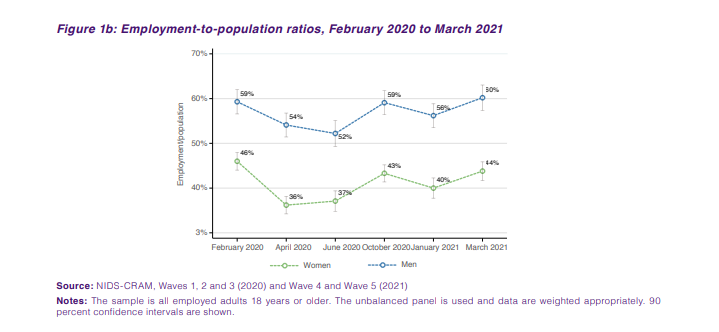

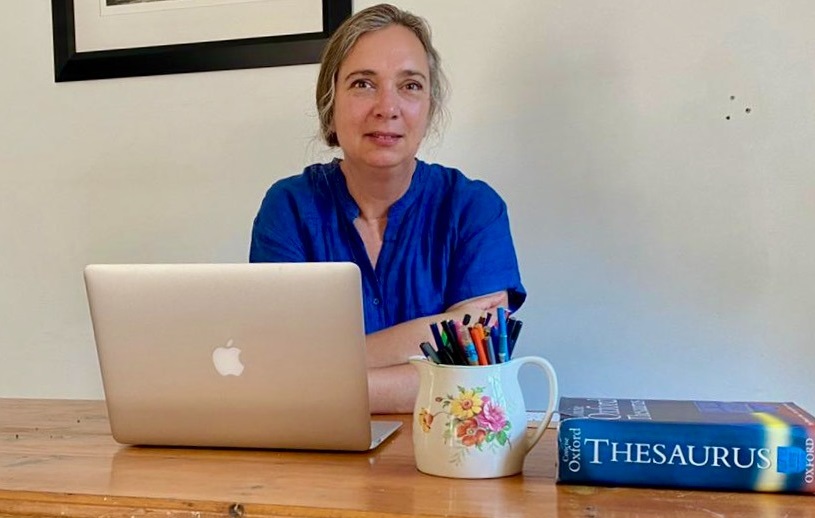
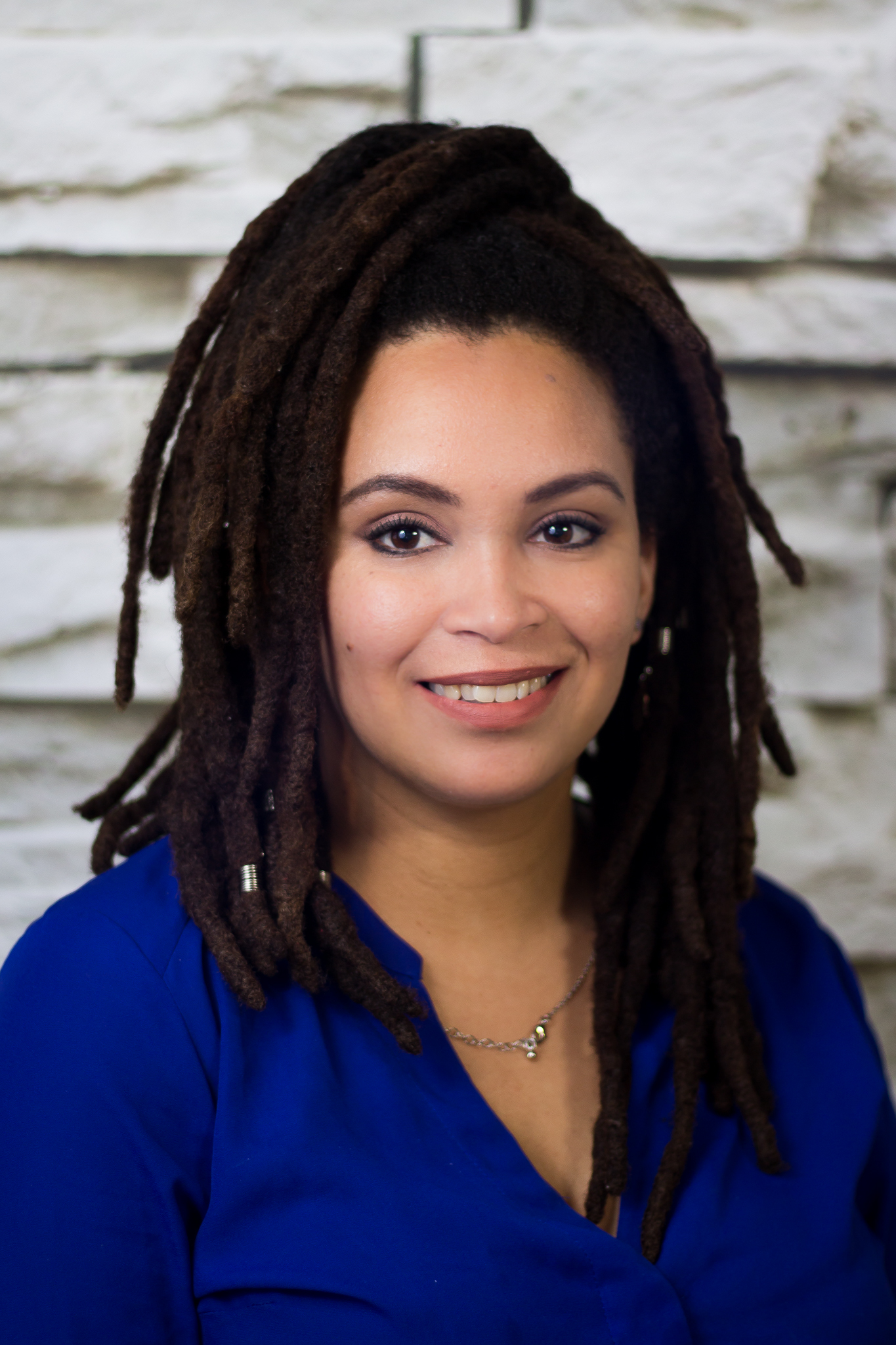



















 Become an Insider
Become an Insider
Comments - Please login in order to comment.